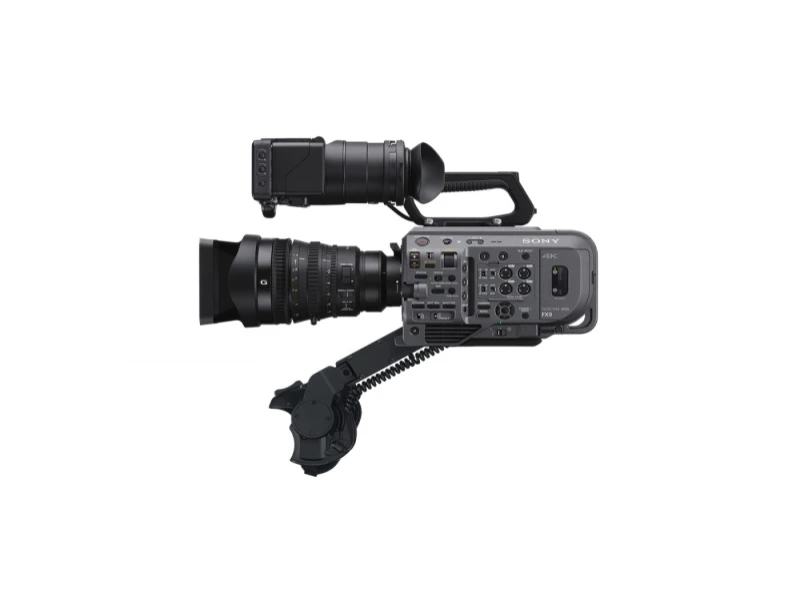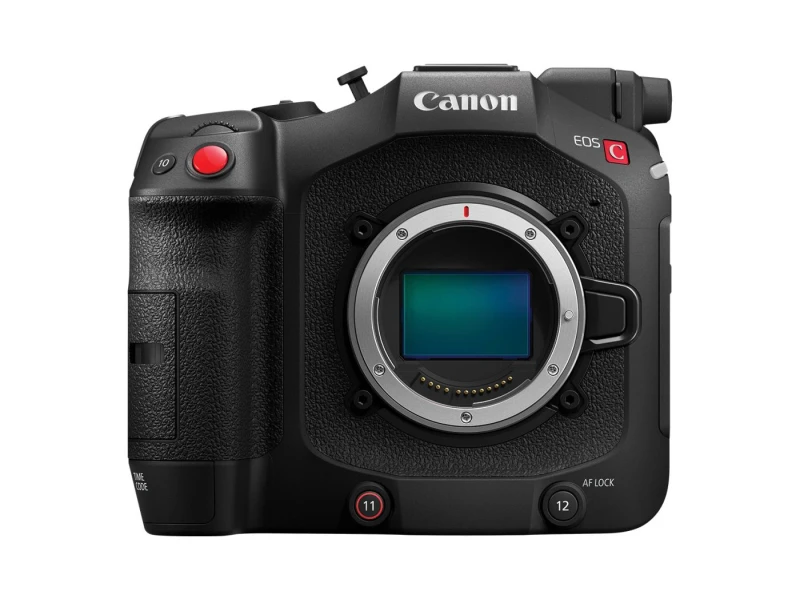Sony FX9 vs Canon EOS C80
Sony FX9 vs Canon EOS C80
When comparing Canon EOS C80 and Sony FX9, which one is better?
1. Internal Raw Video Support
Canon EOS C80 is able to record raw video internally, while Sony FX9 is not. This may be a dealbreaker for some and it is important to note that there is a difference between the two cameras.
Winner: Canon EOS C80
Regarding internal raw video: The ability to record raw video internally is becoming more and more common in cinema cameras, and this may or may not be an advantage depending on how you shoot. While raw offers the most flexibility, it also requires more powerful editing computers, faster memory cards and more storage.
2. External RAW Video Support
Both Sony FX9 and Canon EOS C80 supports external raw video recording.
Winner: Tied — both have this feature
Regarding external raw video recording: External raw video recording means that an external recorder, such as the Atomos Ninja V, can be used to record raw video using HDMI or SDI outputs from the camera to the recorder.
Specifications
Full specifications table of Sony FX9 and Canon EOS C80:
| Sony FX9 | Canon EOS C80 | |
 |  | |
| Brand | Sony | Canon |
| Weight | 4800 g | Missing |
| Internal Video Bit Depth | 10 bit | Missing |
| Dynamic Range | 11.5 stops | Missing |
| Lens Mount | Sony E | Missing |
| Shutter Type | Rolling Shutter | Missing |
| Storage | XQD | SD UHS-II |
| Wi-Fi | Yes | Yes |
| Film Camera or Still Camera | Cinema | Cinema |
| Digital or analog | Digital | Digital |
| Sensor Readout Speed | 22.2 ms | Missing |
| Internal Raw Video | No | Yes |
| Stabilization | Yes | Yes |
| Built-in ND Filter | Yes | Missing |
| Crop Factor | Missing | 1x |
| Autofocus | Phase Detection Autofocus | Phase Detection Autofocus |
| Sensor Format | Full Frame | Full Frame |
| External RAW Video Recording | Yes | Yes |
